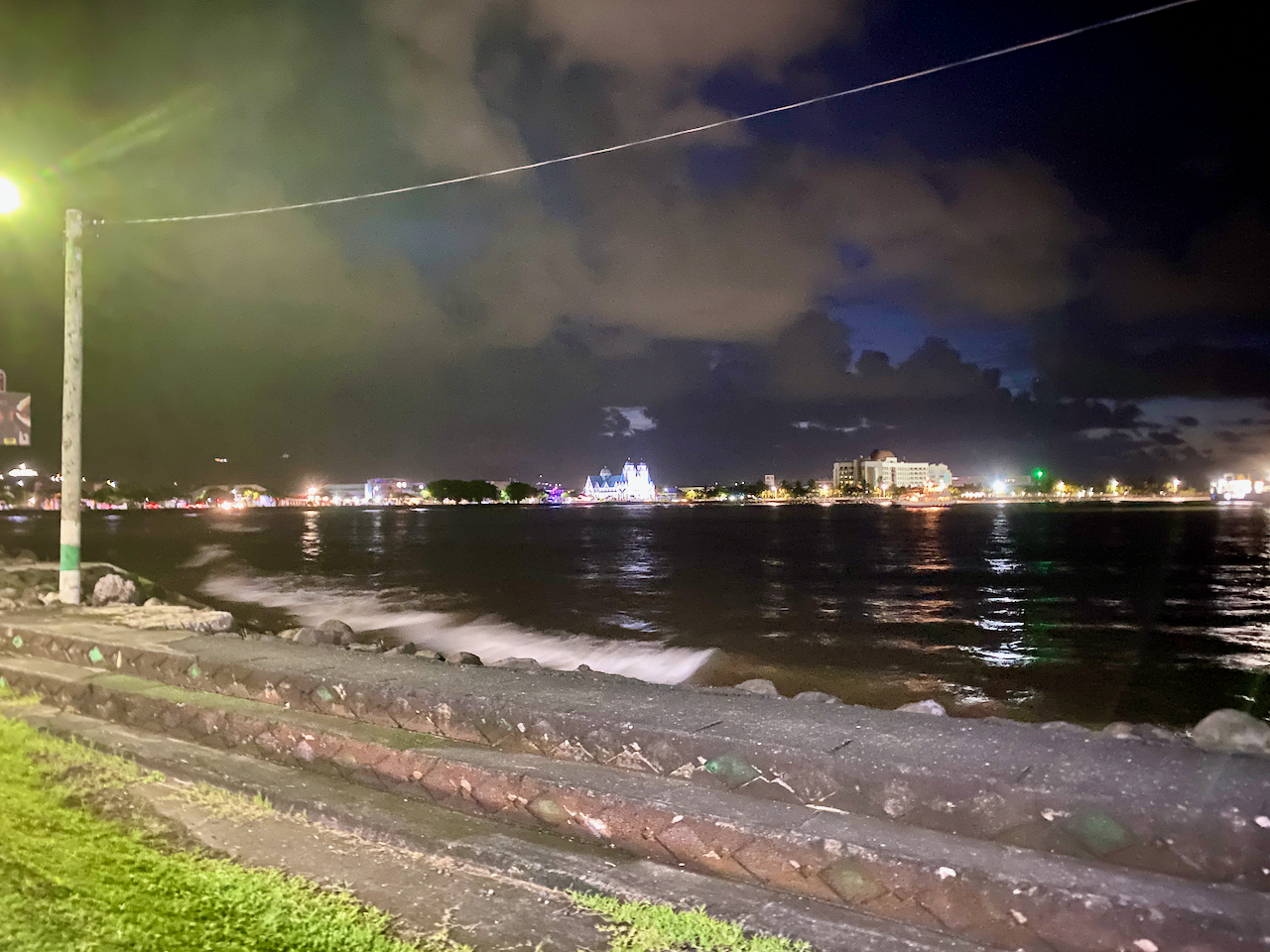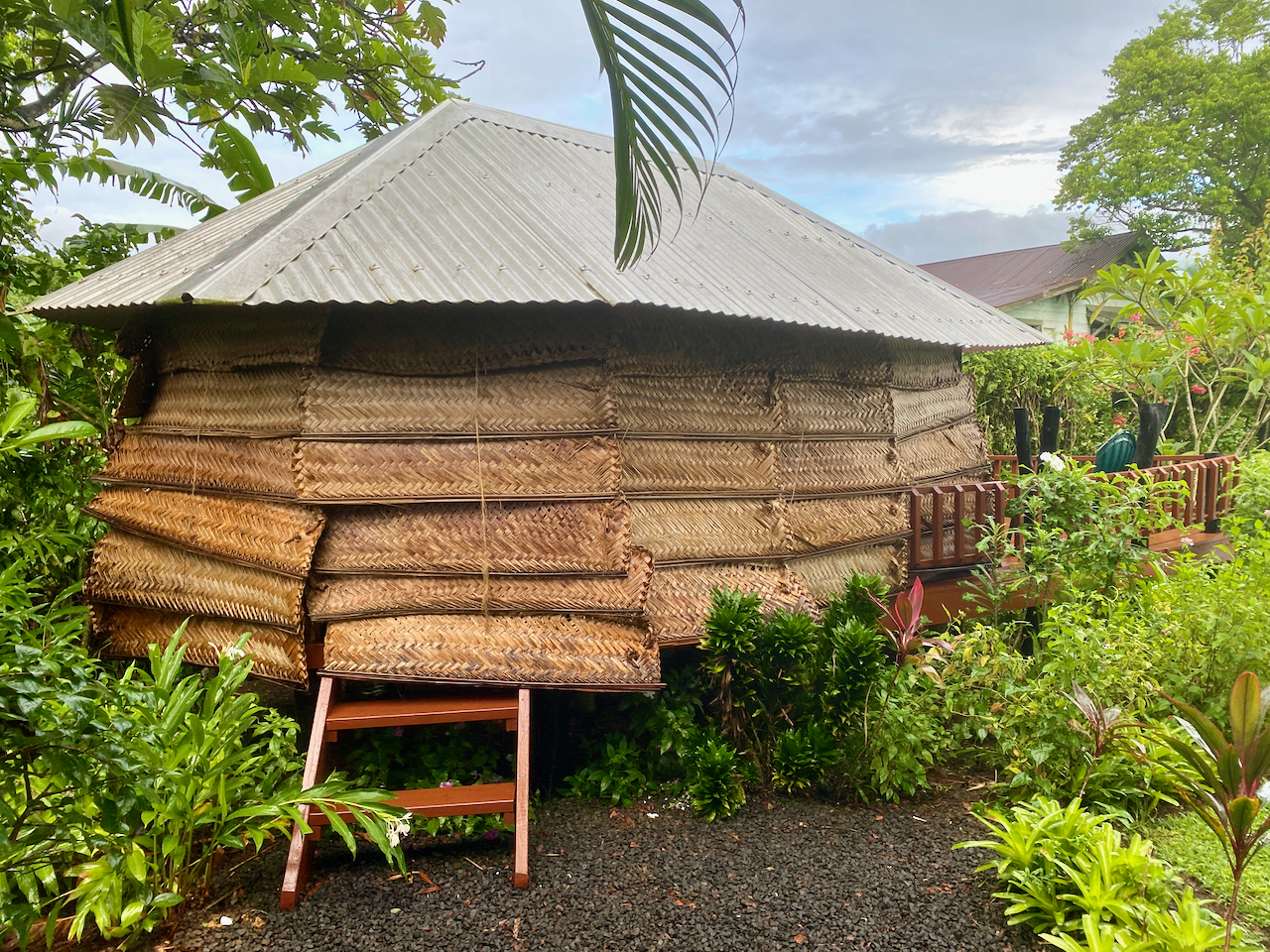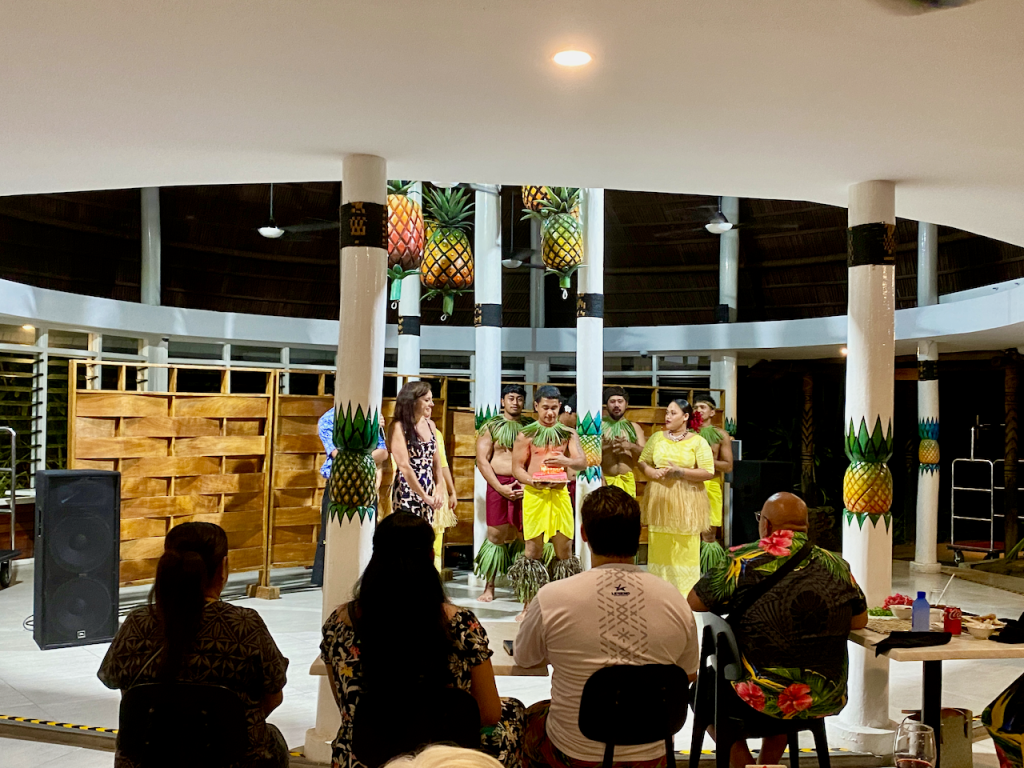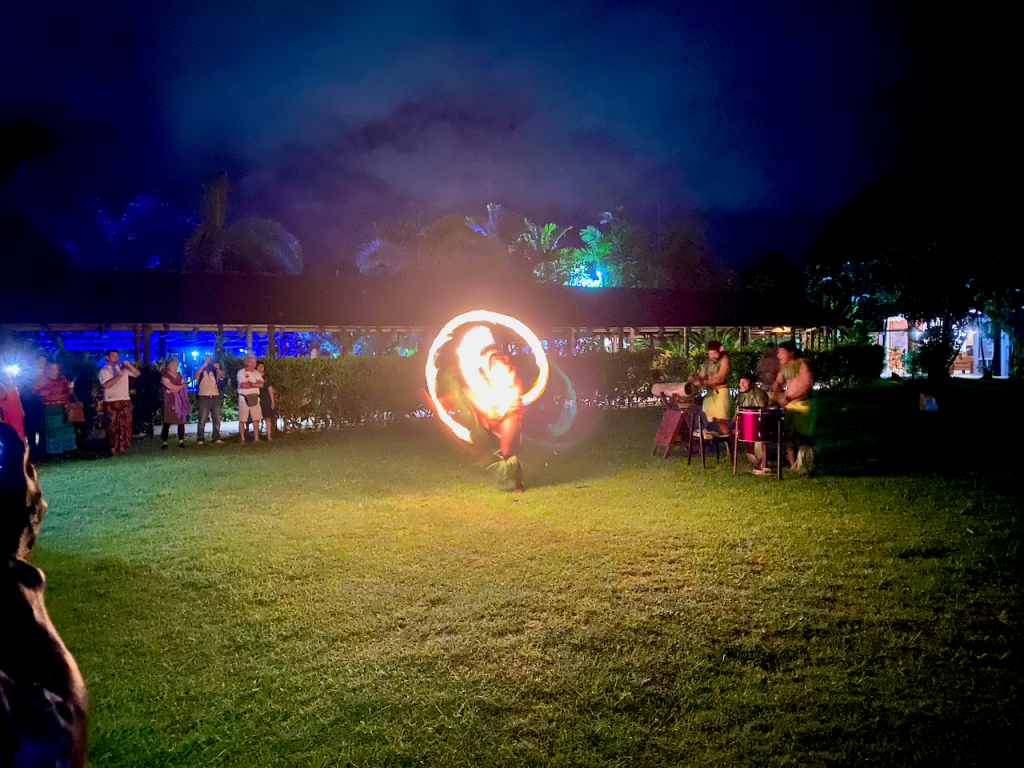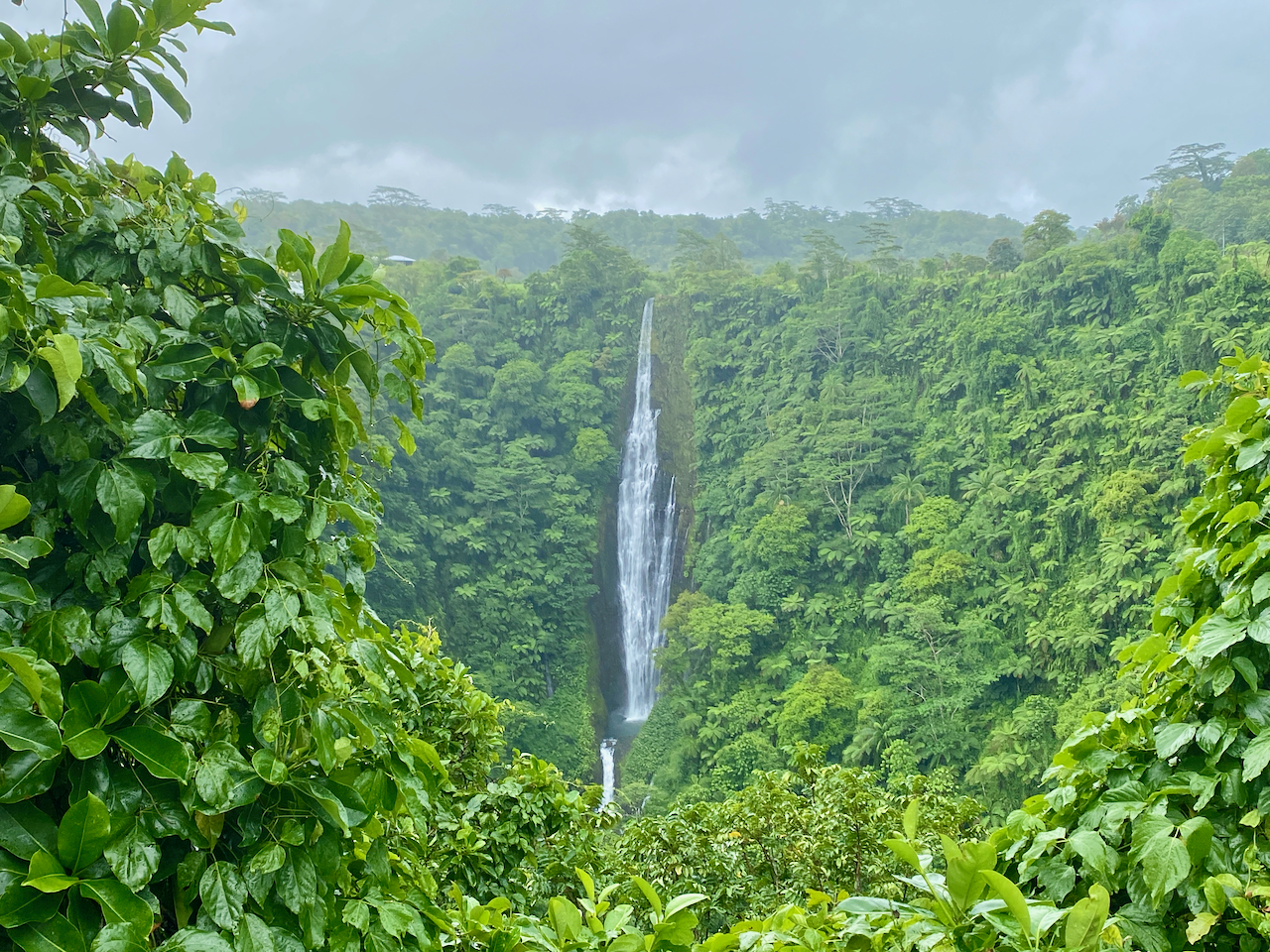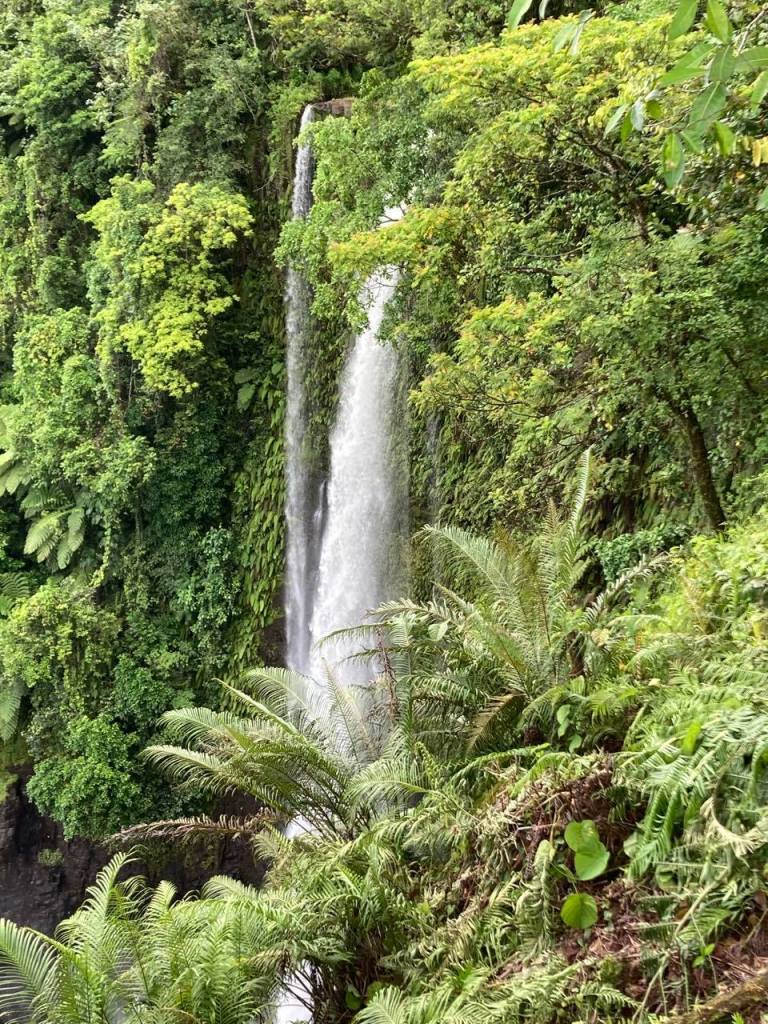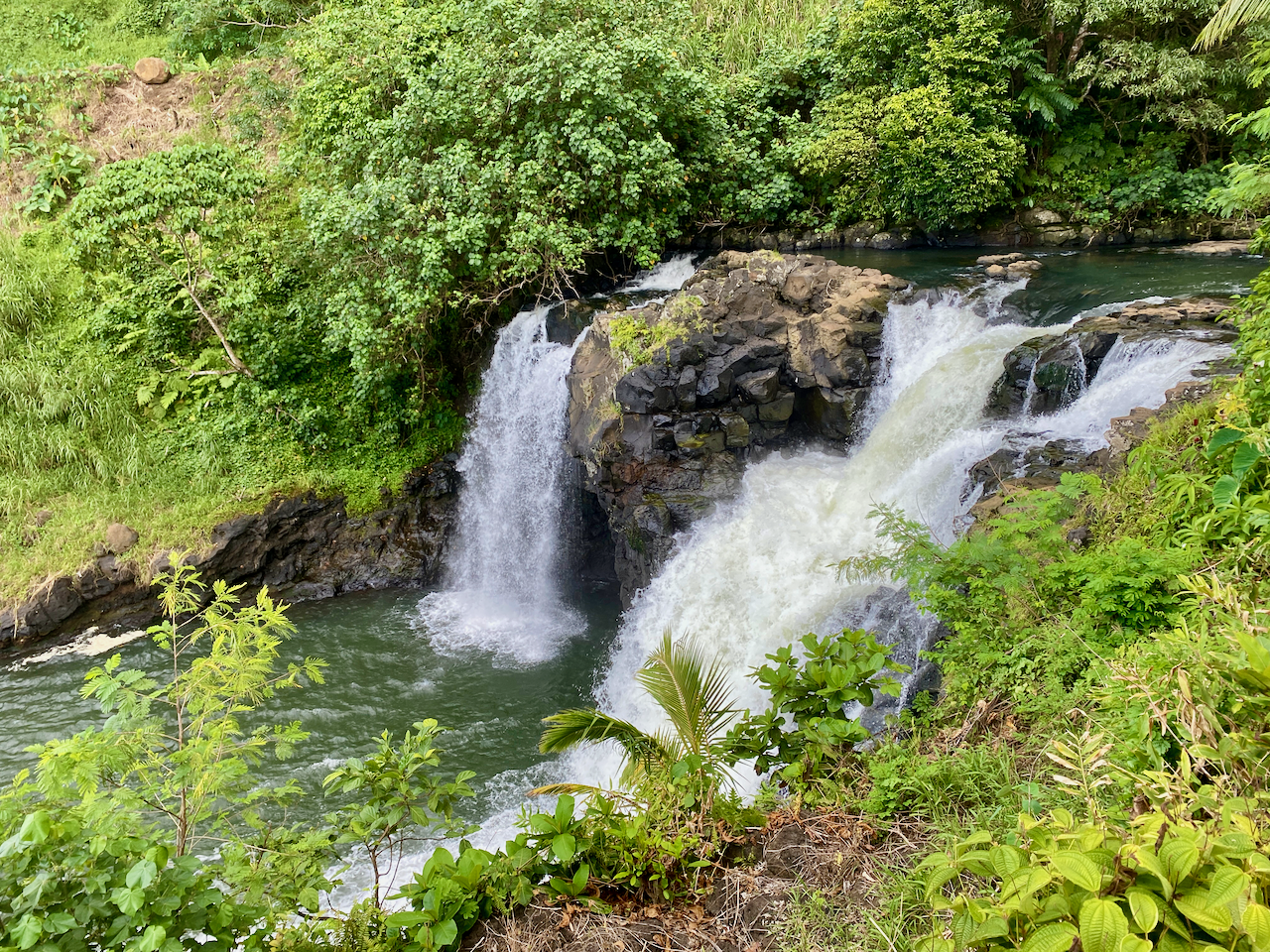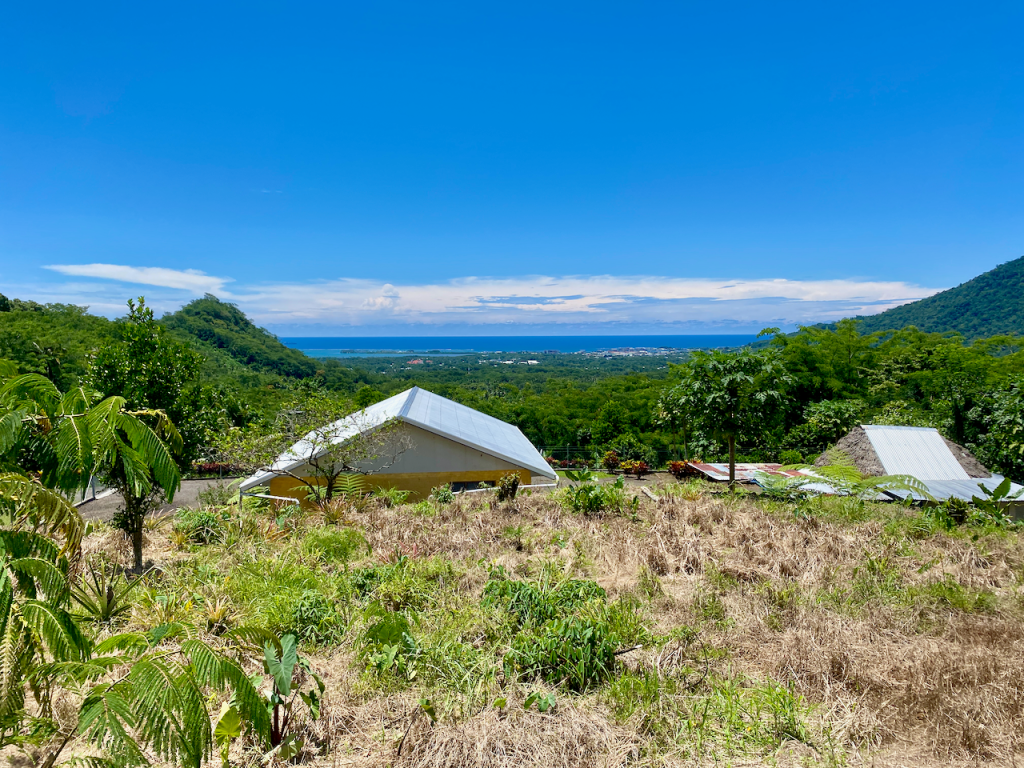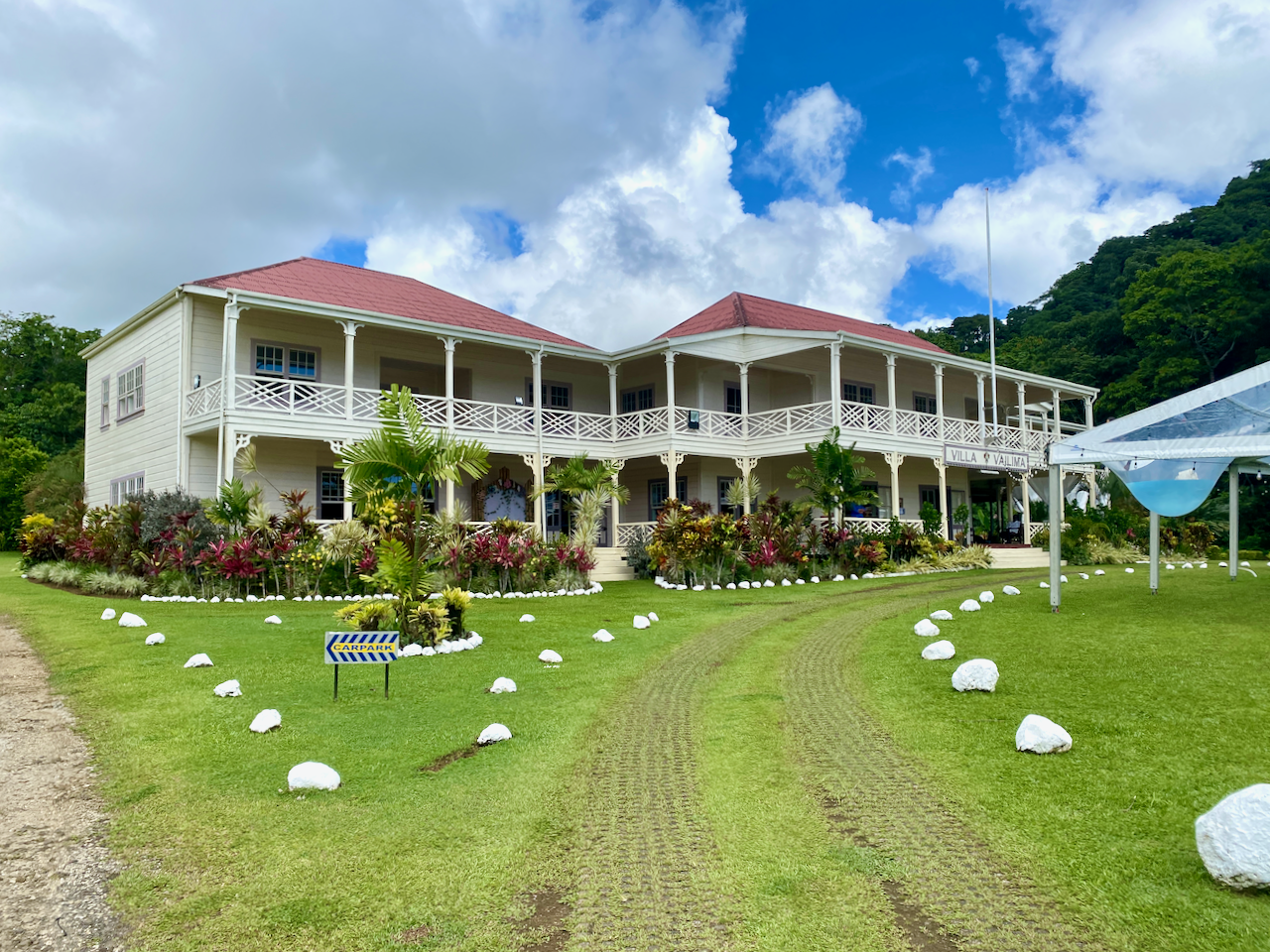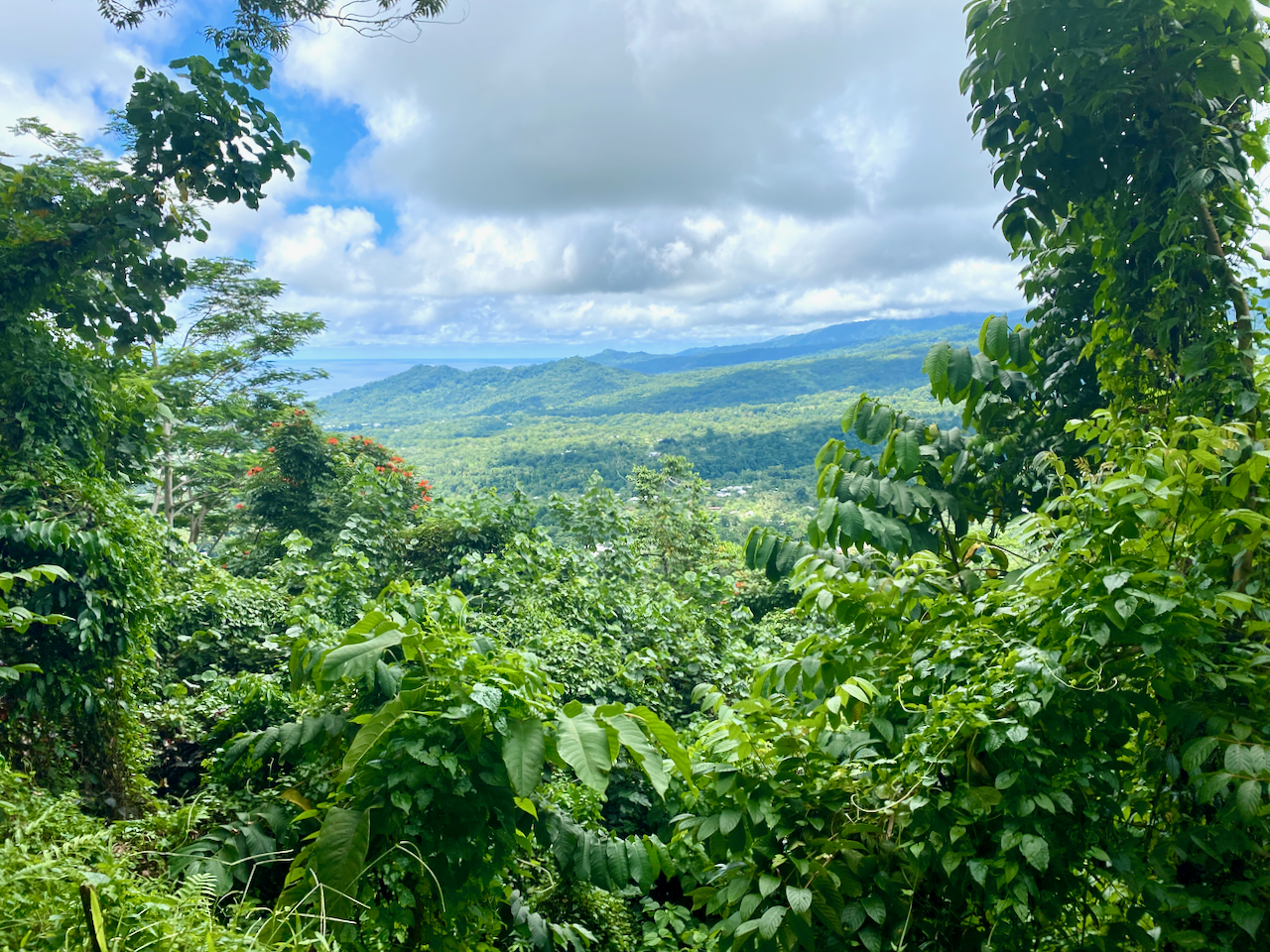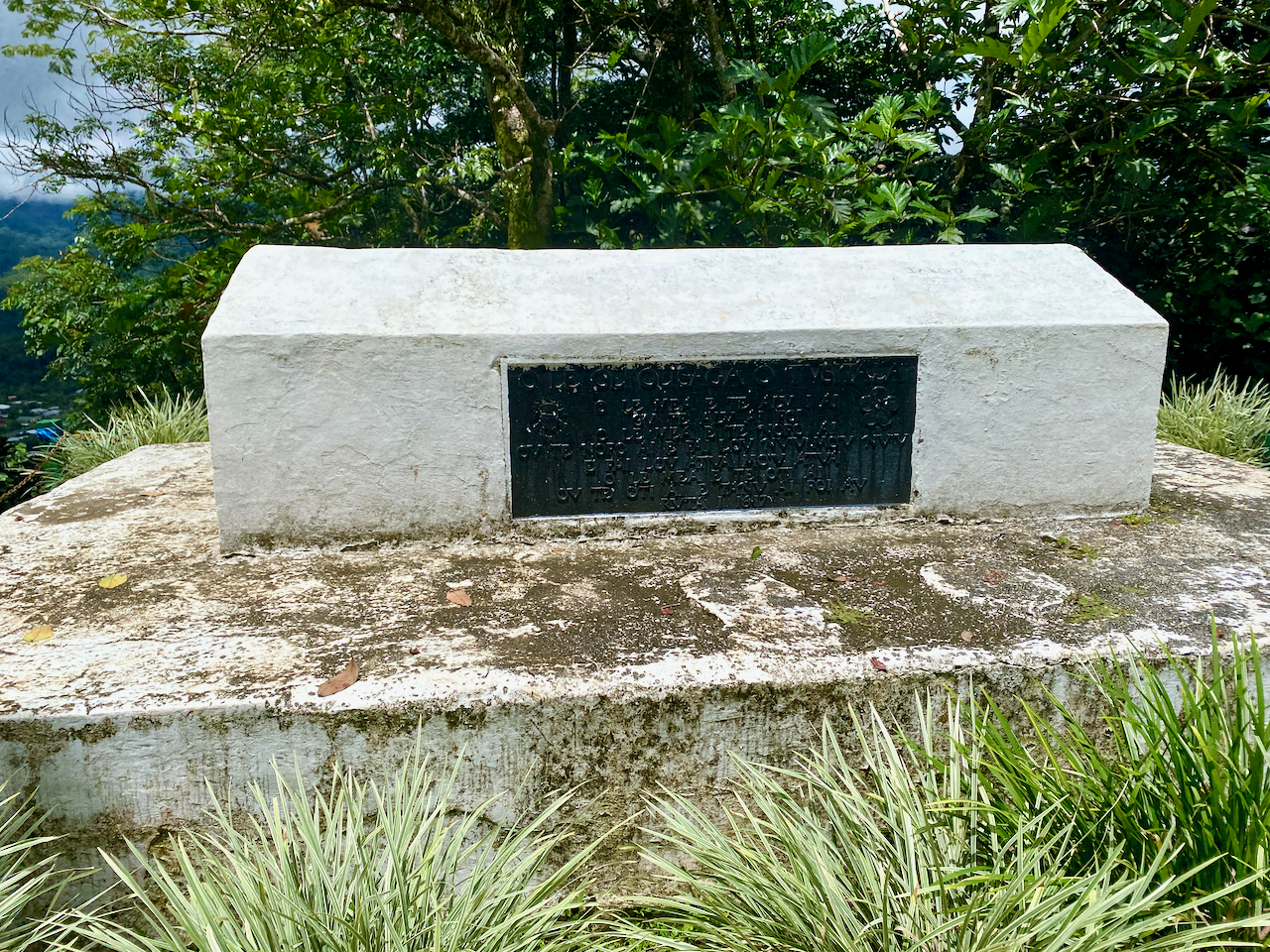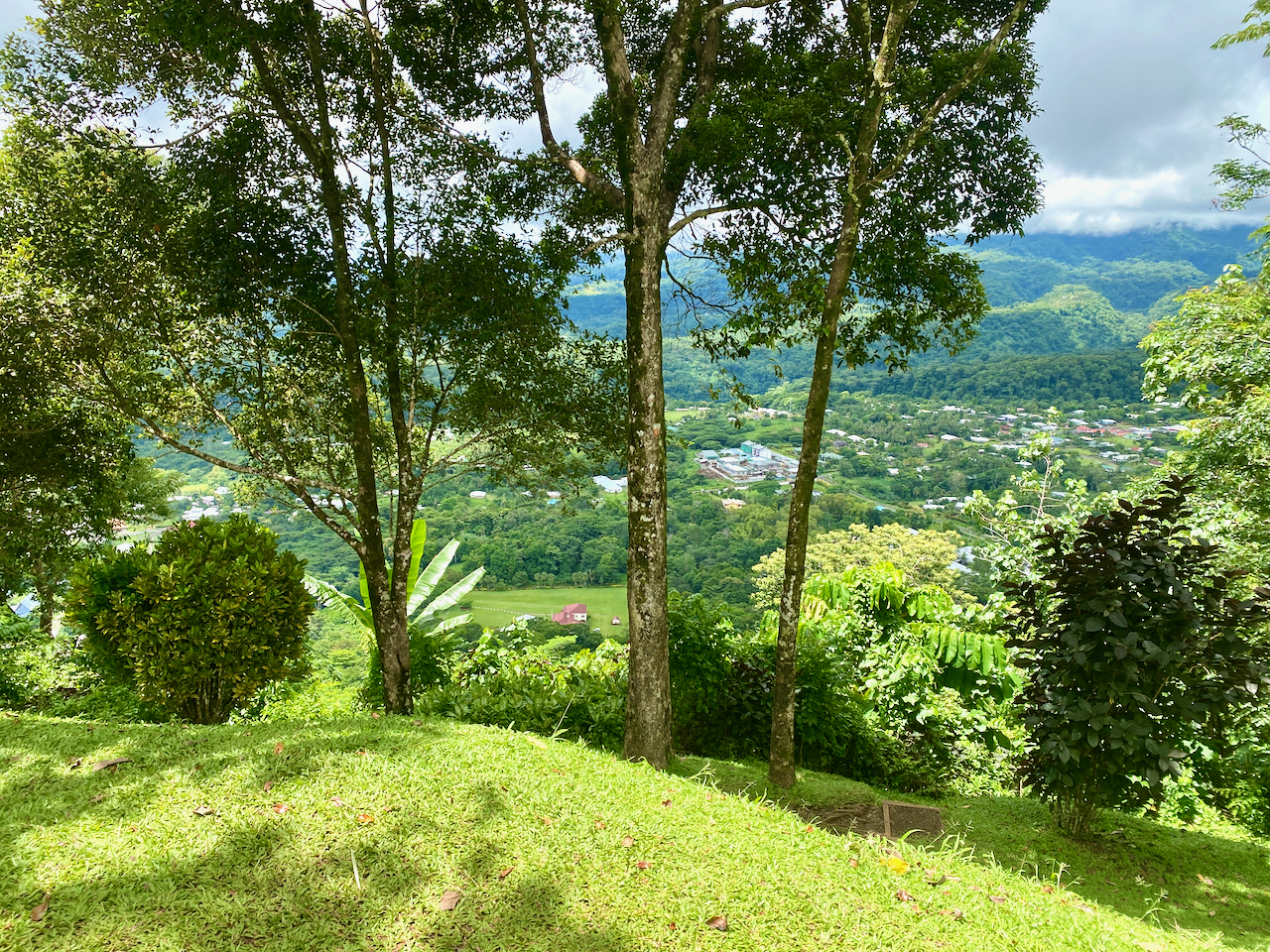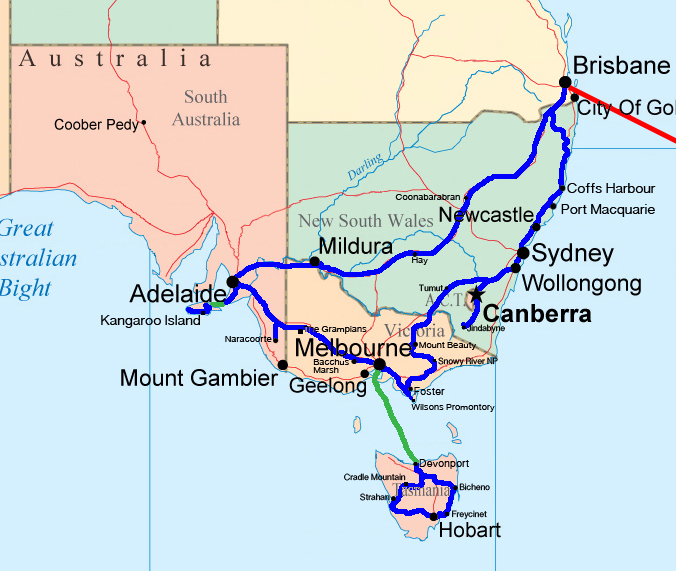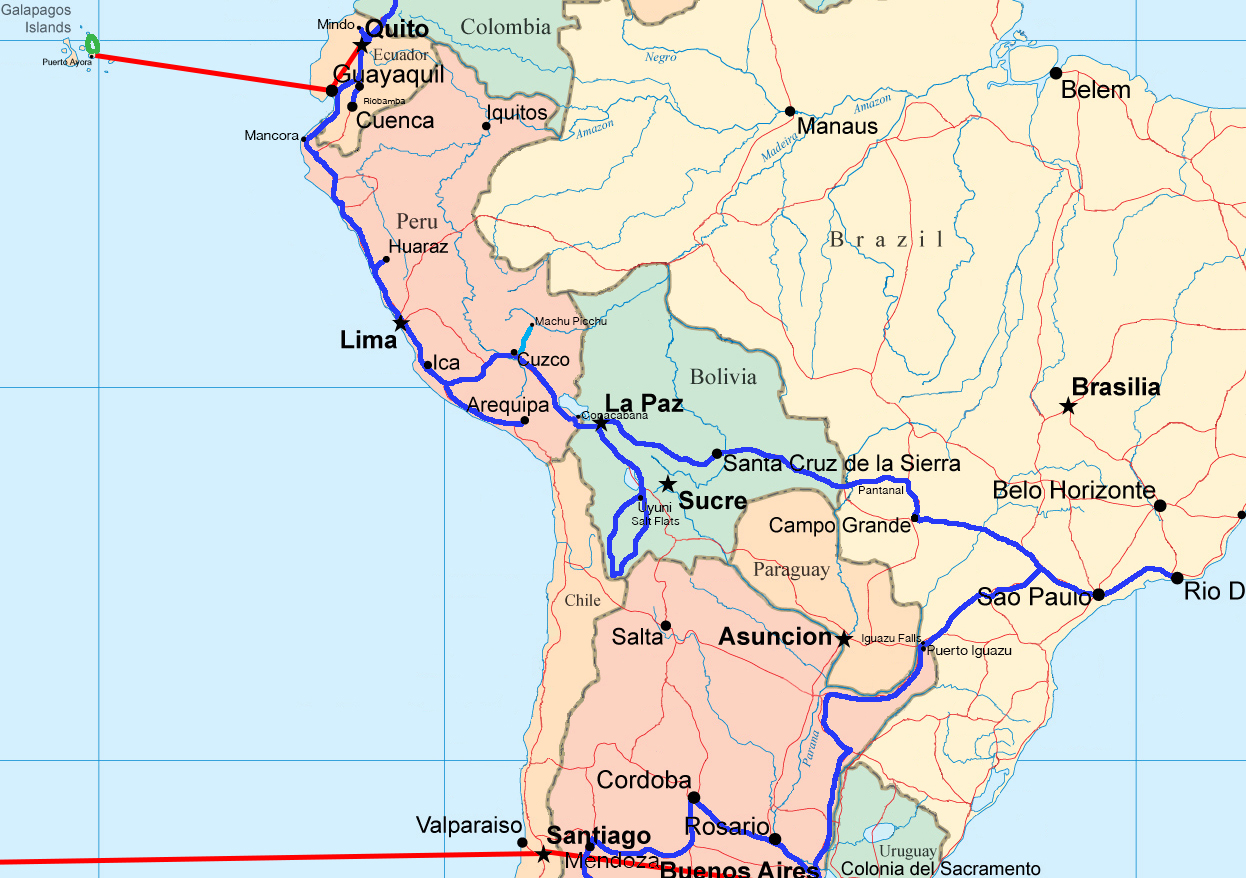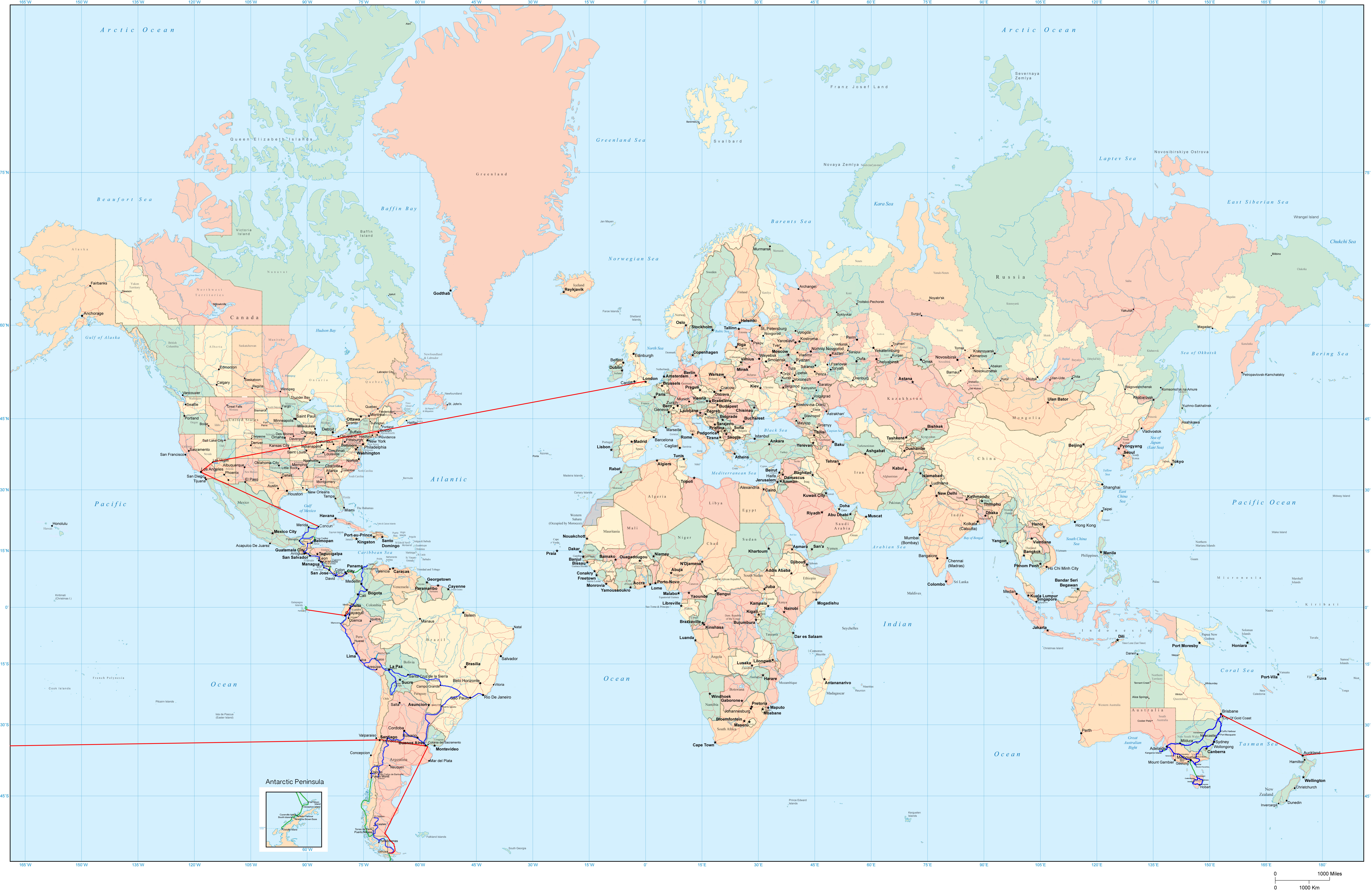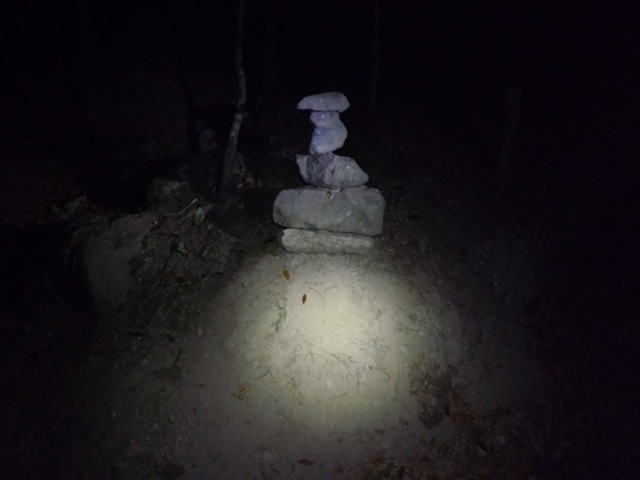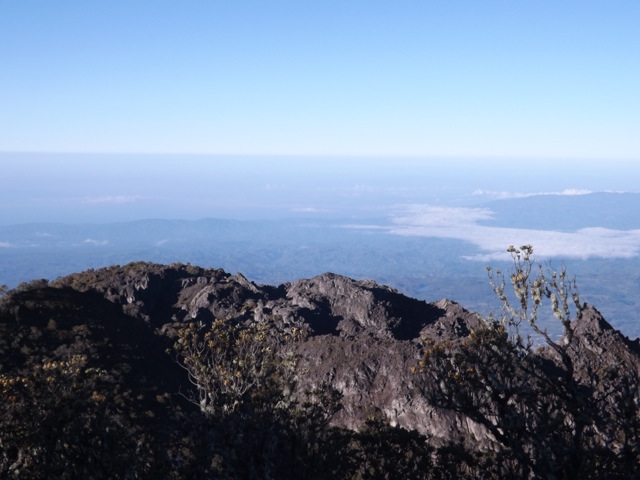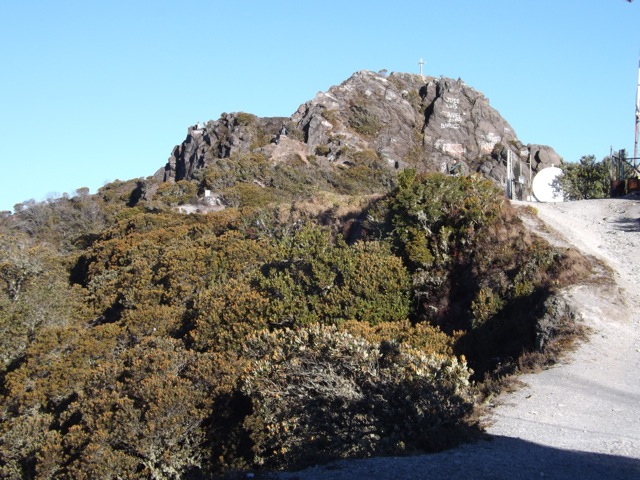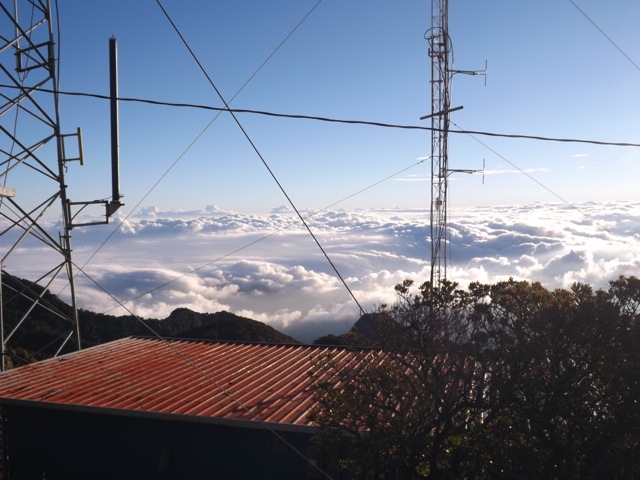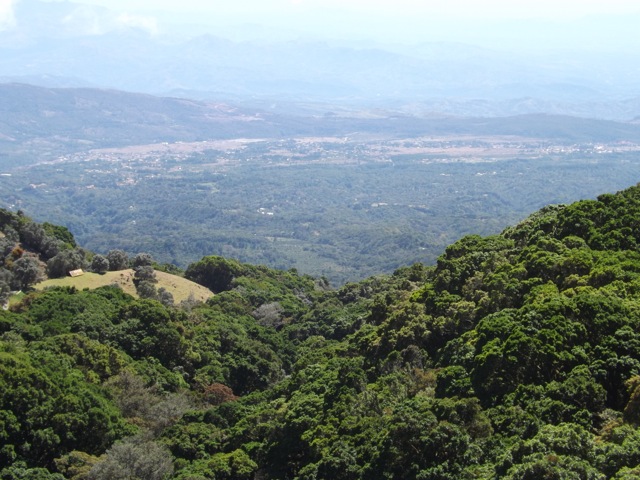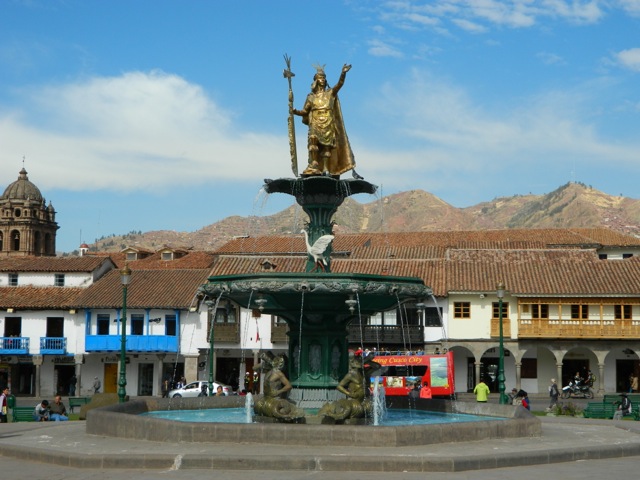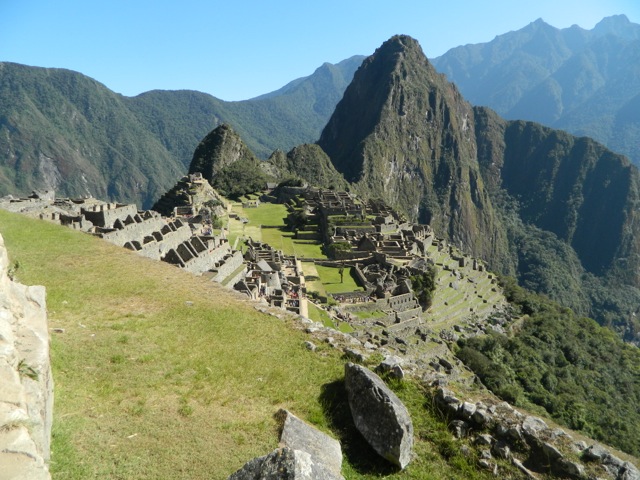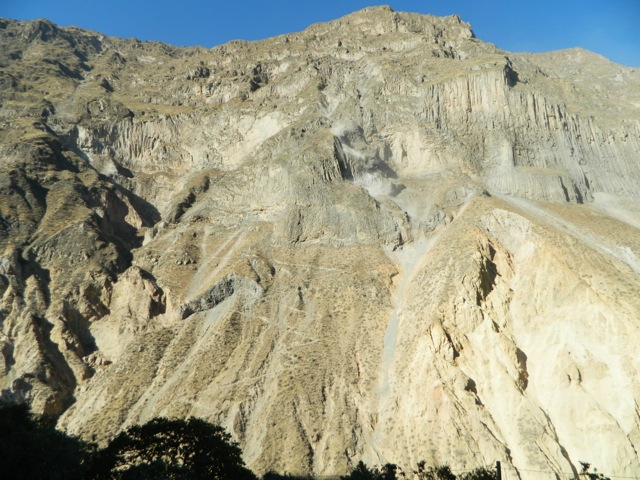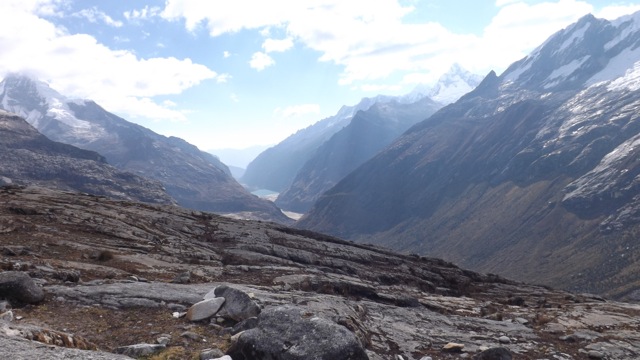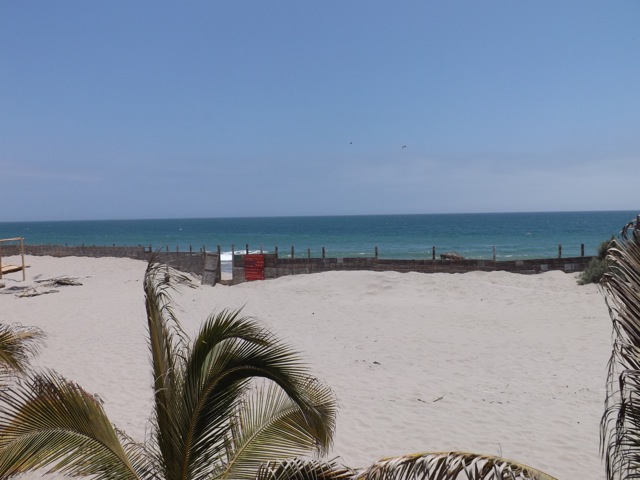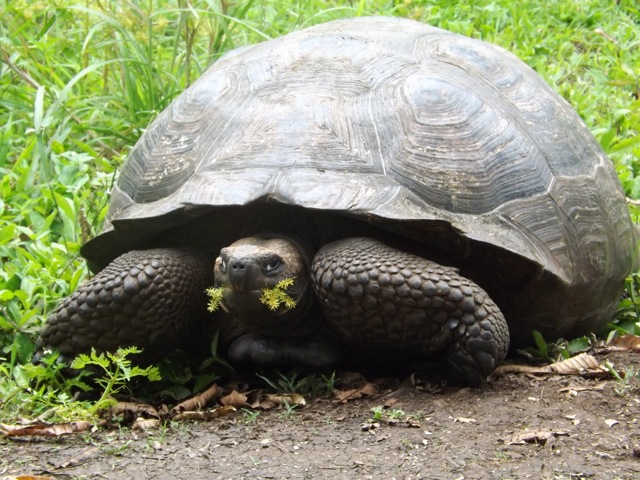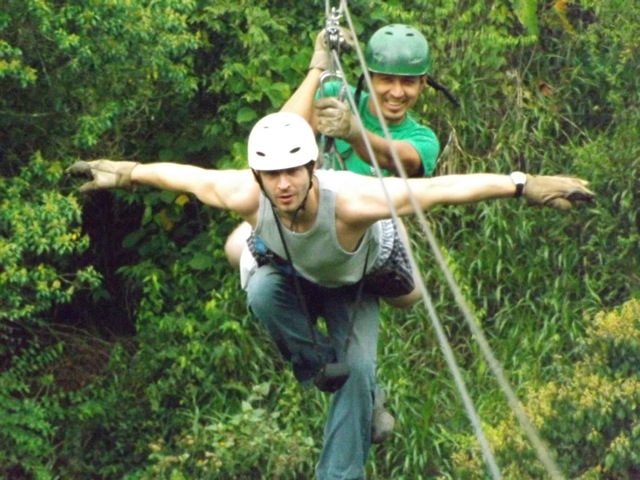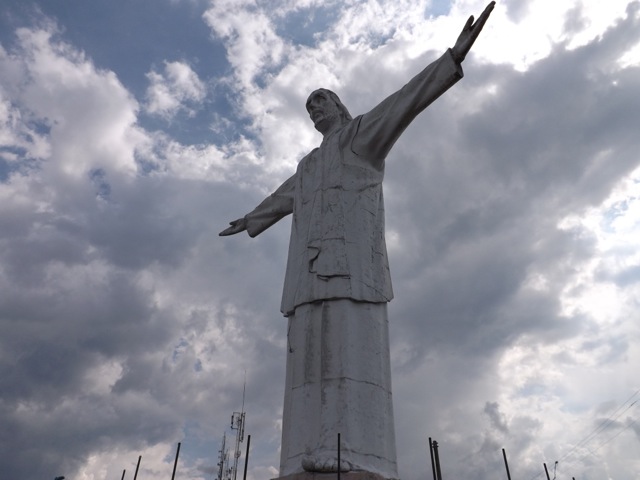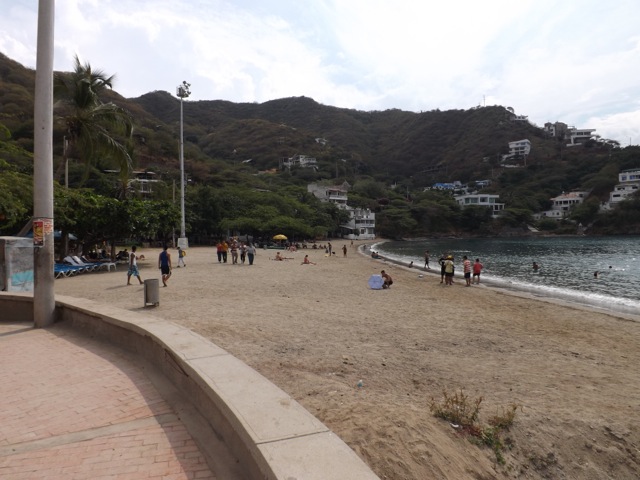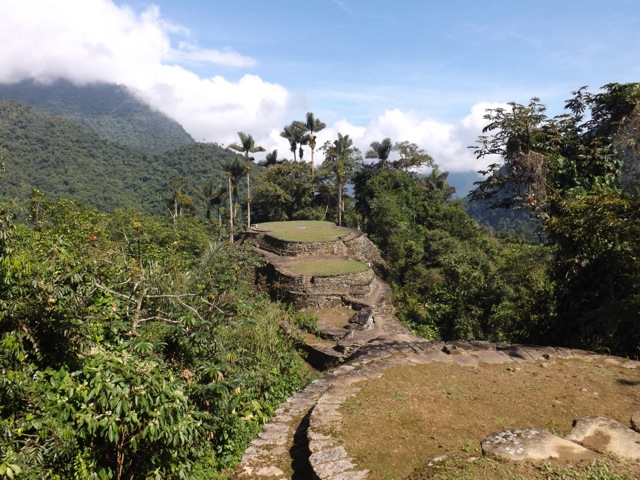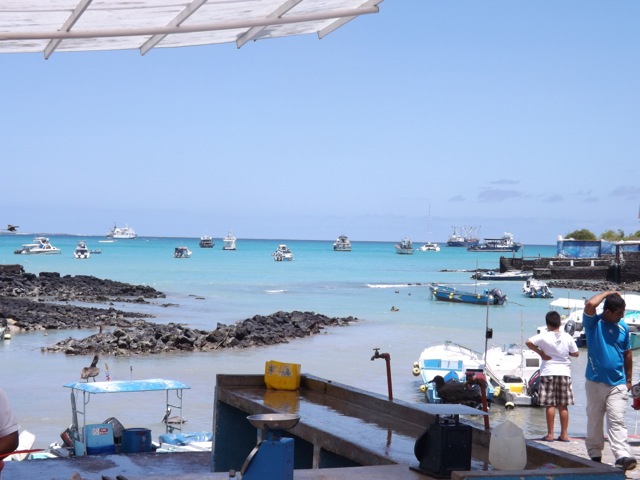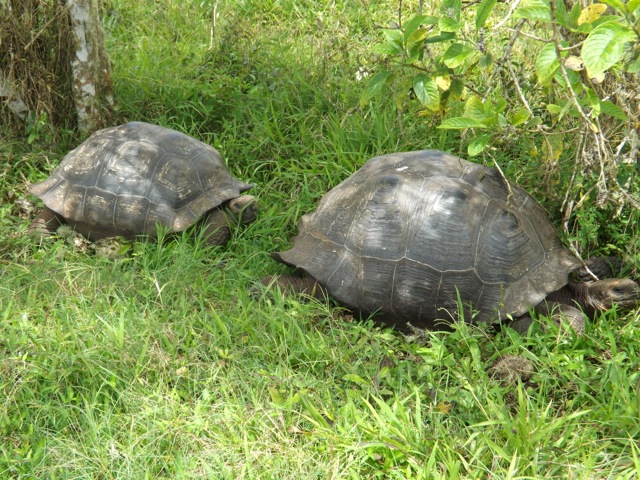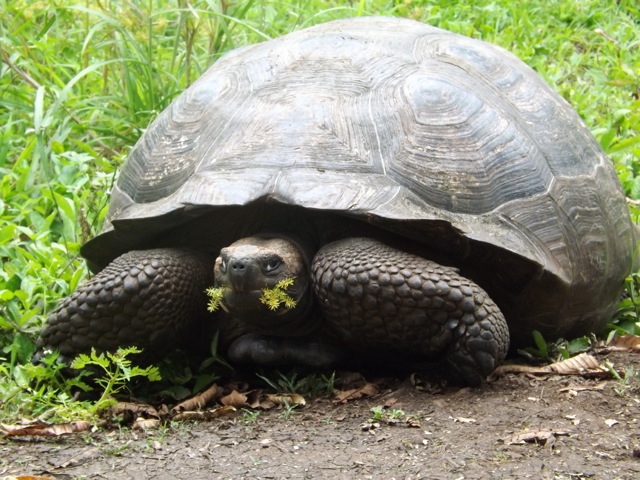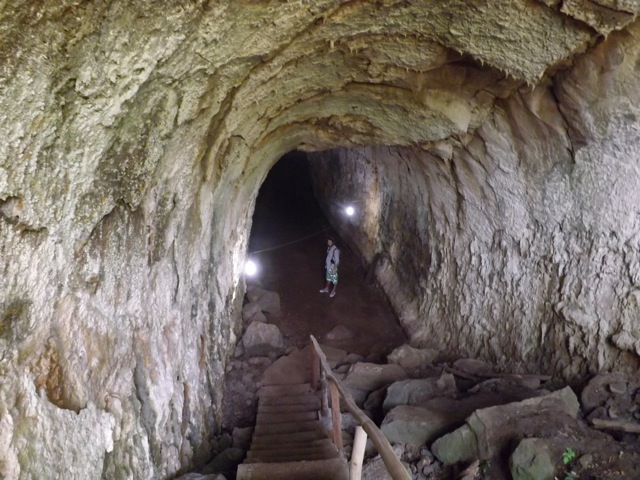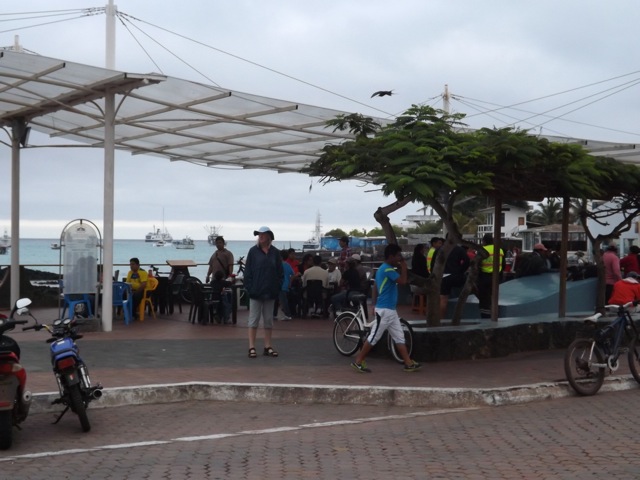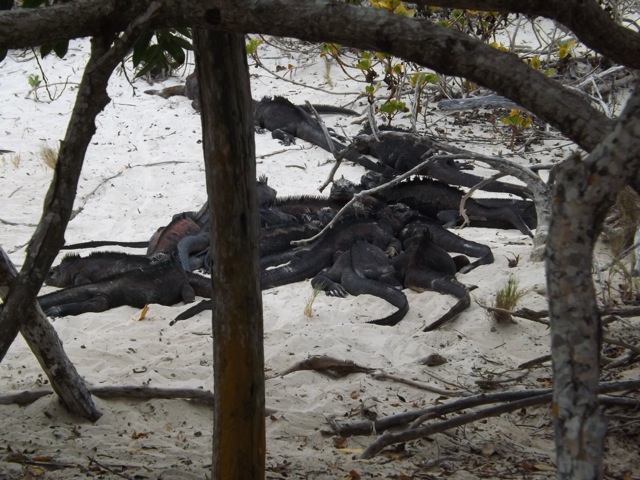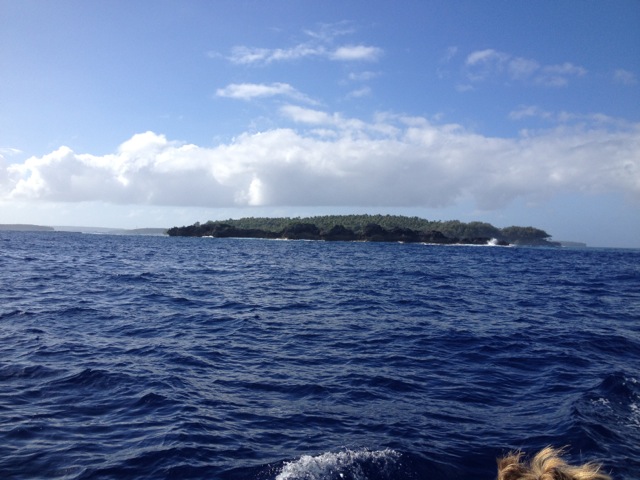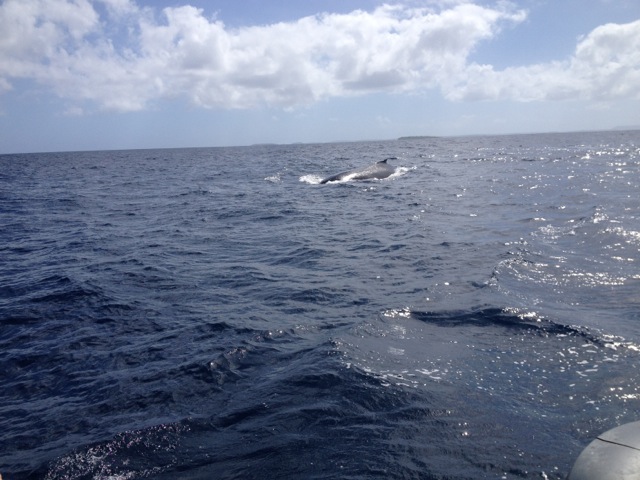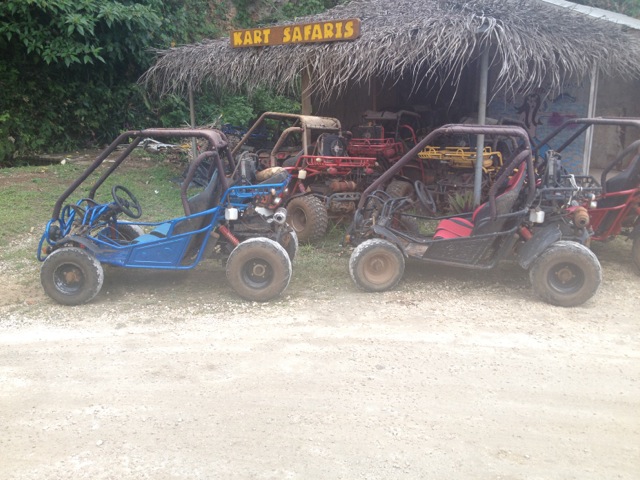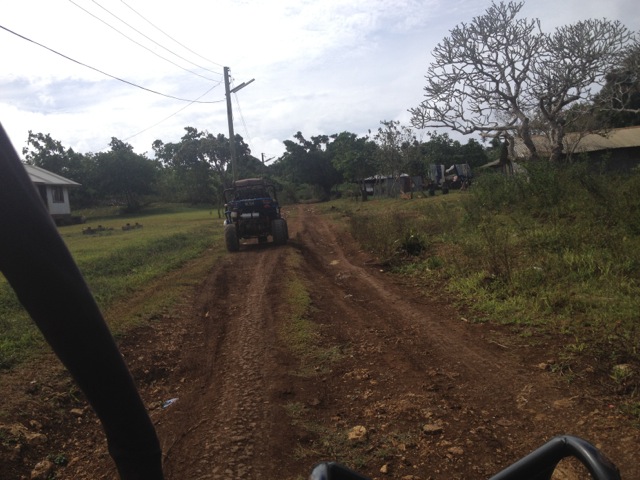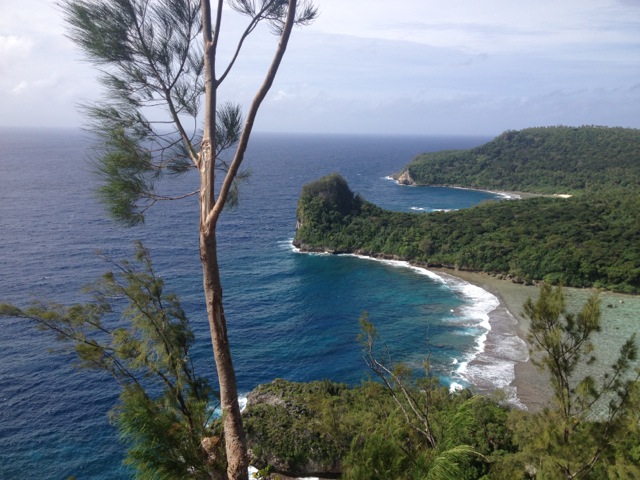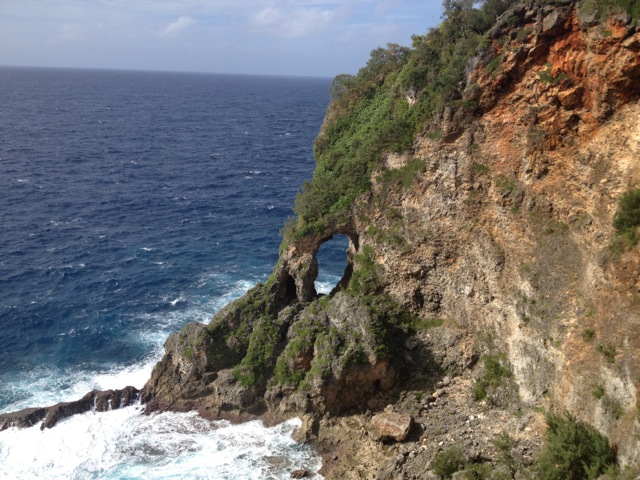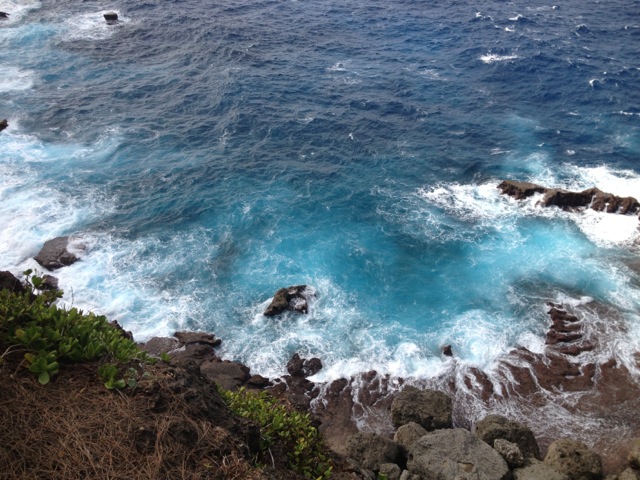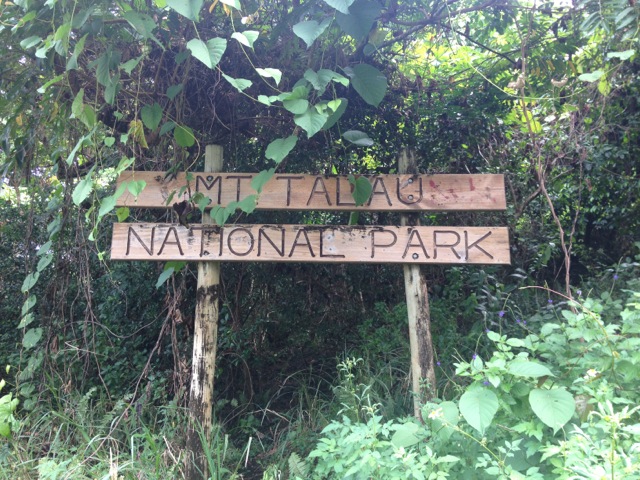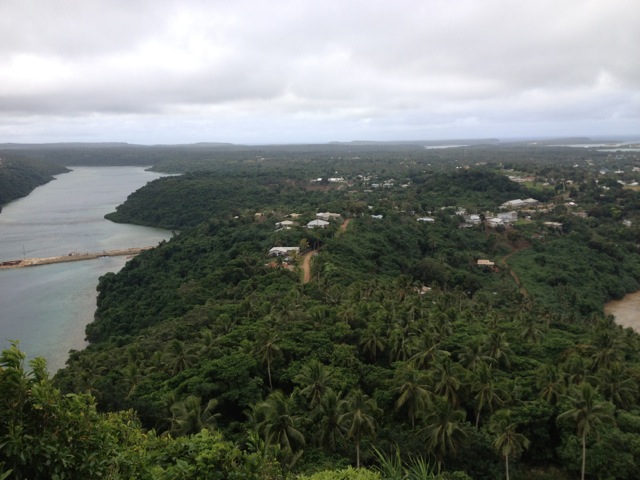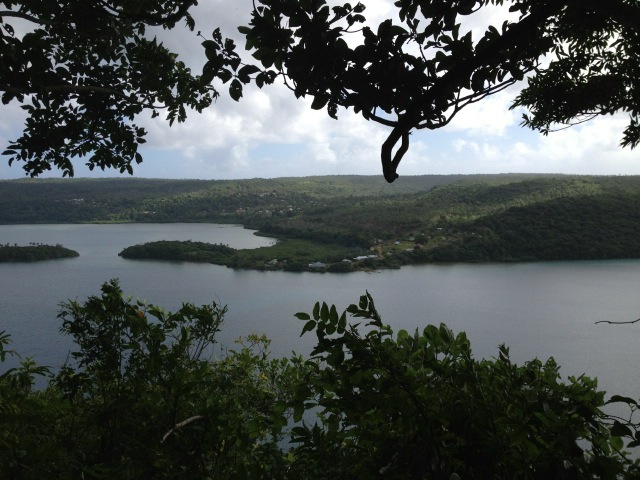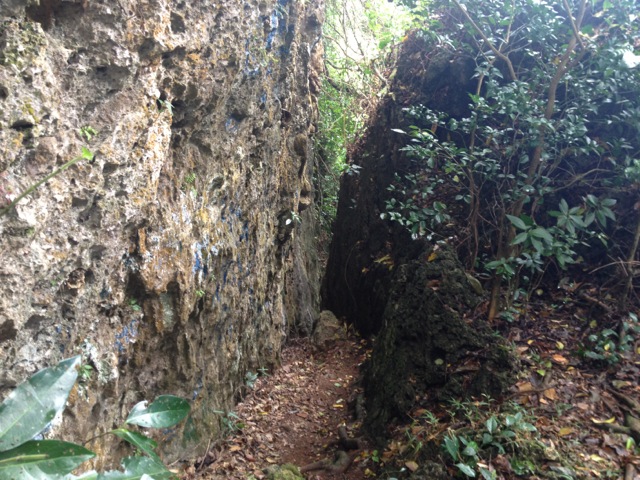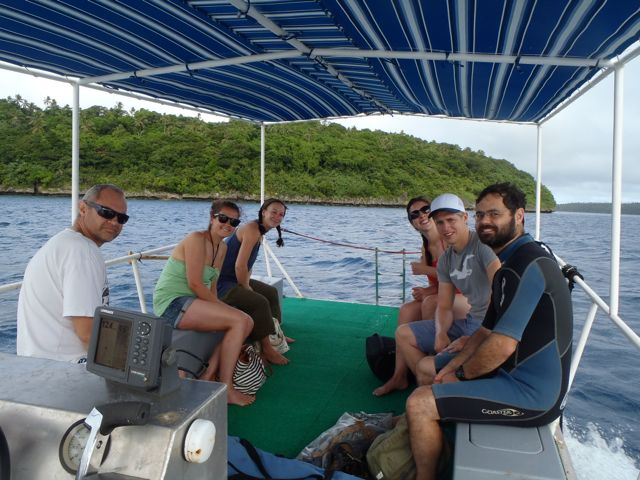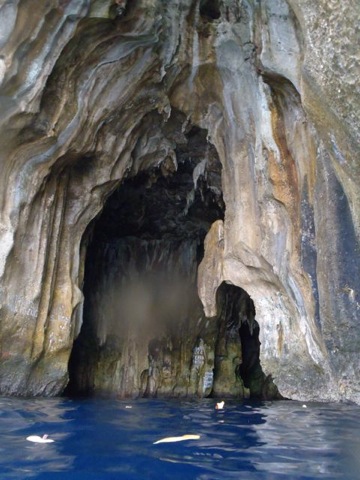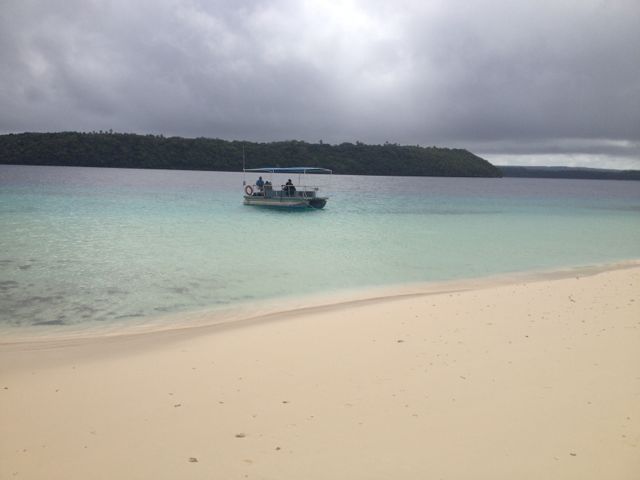In March 2023 I headed out to Samoa for a weeklong family gathering in Upolu, the country’s main island. Then once much of the family returned home, myself and my parents visited Samoa’s other main island, Savai’i. For me it was to explore a place I’d not been before, and for my parents it was to trace back some of our family heritage by finding a family cemetery.
Savai’i is the largest island in the Samoan Islands chain, both in size and height, and is the sixth largest Polynesian island after the 3 New Zealand Islands and two of the Hawaiian islands. Savai’i is more traditional than Upolu with a more relaxed feel. There is also no airport on the island, so arrival must be via boat, usually the car ferry.

Ferry to Savai’i
There are two ferrys to Savai’i, a small one and a larger one. On our trip over from Upolu Island, was in the small ferry. It’s the first car ferry I’ve ever had to reverse onto it, but I was guided on by helpful workers. This ferry had no sitting area, so we stayed in the car without aircon. We did find a spot at the edge of the deck where we could feel the wind. On the way back, we were on the larger ferry and locked up the car and went to sit in the airconditioned passenger seating area.

On the slow chug of the ferry, we passed the small islands of Manono and Apolima. The trip over on the small ferry took 90 minutes, while the larger one took about an hour.
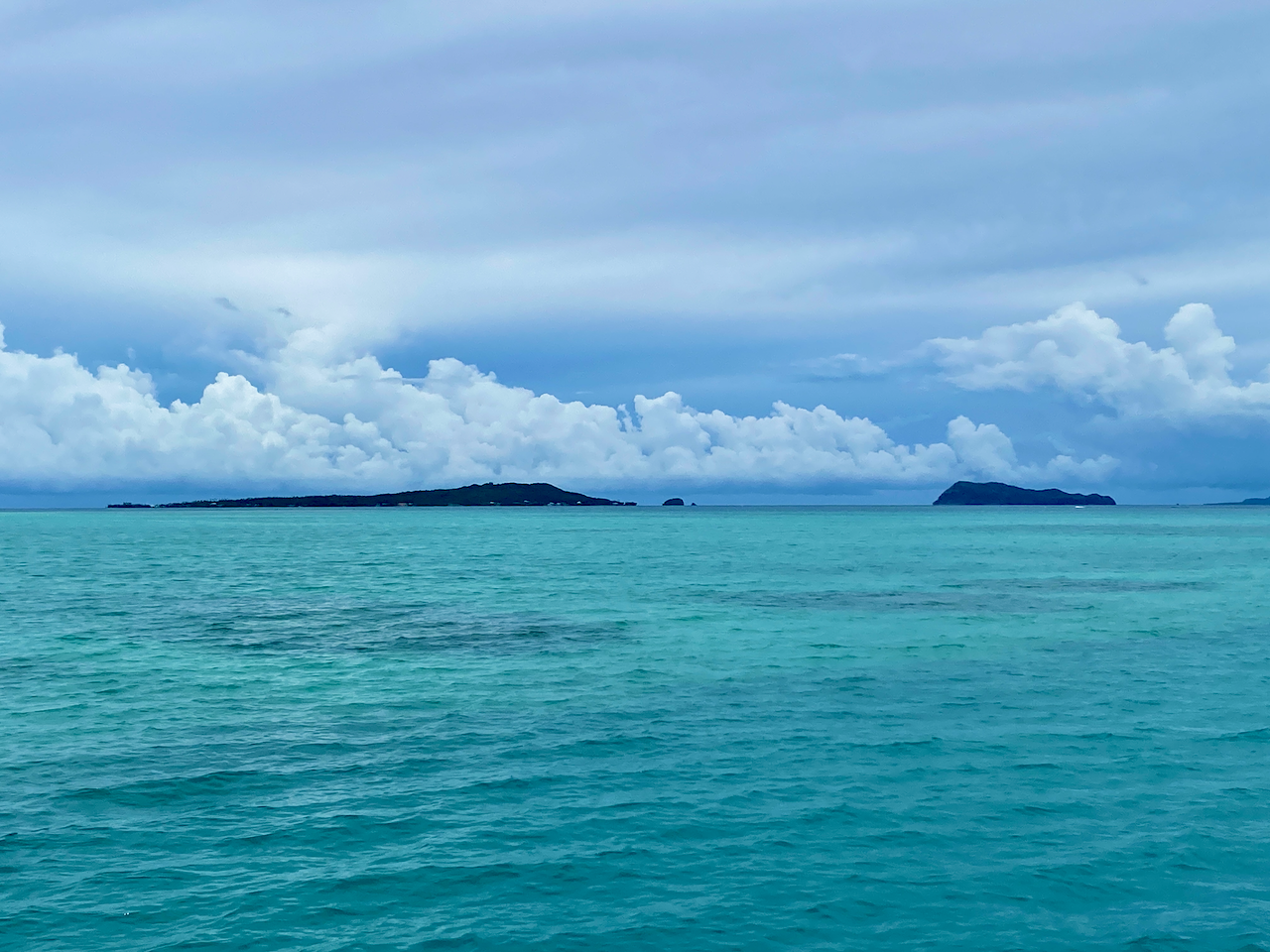
Beach Fale
Fale in Samoan means ‘building’, and they are very common on the islands. The original fales were simple structures made from posts and a thatched roof. These days they’ve been modernised with concrete floors and corrugated iron roofs. Beach Fales are common ways for families to make extra money by renting them out to visitors. Mine had woven shields on the back half and tarpaulin sheets on the ocean facing half. While these provide some privacy, they can block the elements, especially during heavy winds or storms. The woven panels when partially drawn are good for allowing air flow on the usually steamy island nights.

Inside mine were two beds, one with a mattress to sleep on, the other to put my bags on, plus a small table, a chair and most importantly, a mosquito net. For convenience, mine also had a light and a power plug. While not for some – my parents stayed in a resort up the road – I like trying new things, and on most days the views out the front at high tide were amazing. From time to time, I’d even see a turtle popping it’s head out of the water.
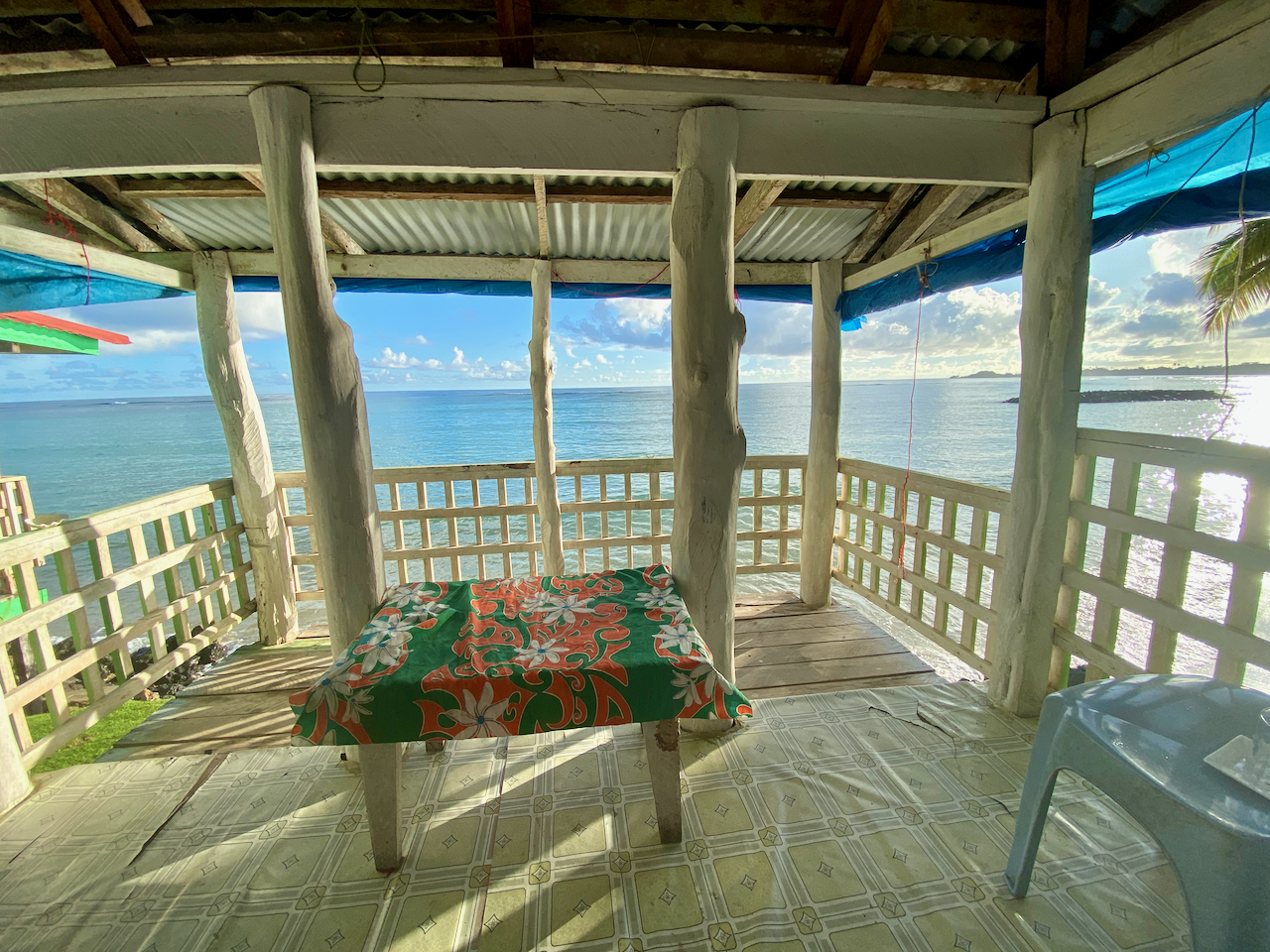
Breakfast and dinner are both included in accommodation, all traditional fare, and on the last night, there were lobster tails, local BBQ, a cooked salad with fried taro and potato.
Saleaula Lava Fields
On the 3rd of August, 1905, molten lava began blowing from the ground from Mt Matavanu. It spilled over the crater’s rim filling a deep river valley leading to the flat Saleaula coastal plain, overwhelming part of Saleaula Village. A year later and much of the coastal plain had been covered, the lagoon had been filled, a vertical basalt cliff had built up over the coral reef, and five villages with their adjacent farming land had been buried. The eruption continued for a total of 6 years.

One of the buildings that was hit by the lava was the London Missionary Church, the remains still standing.
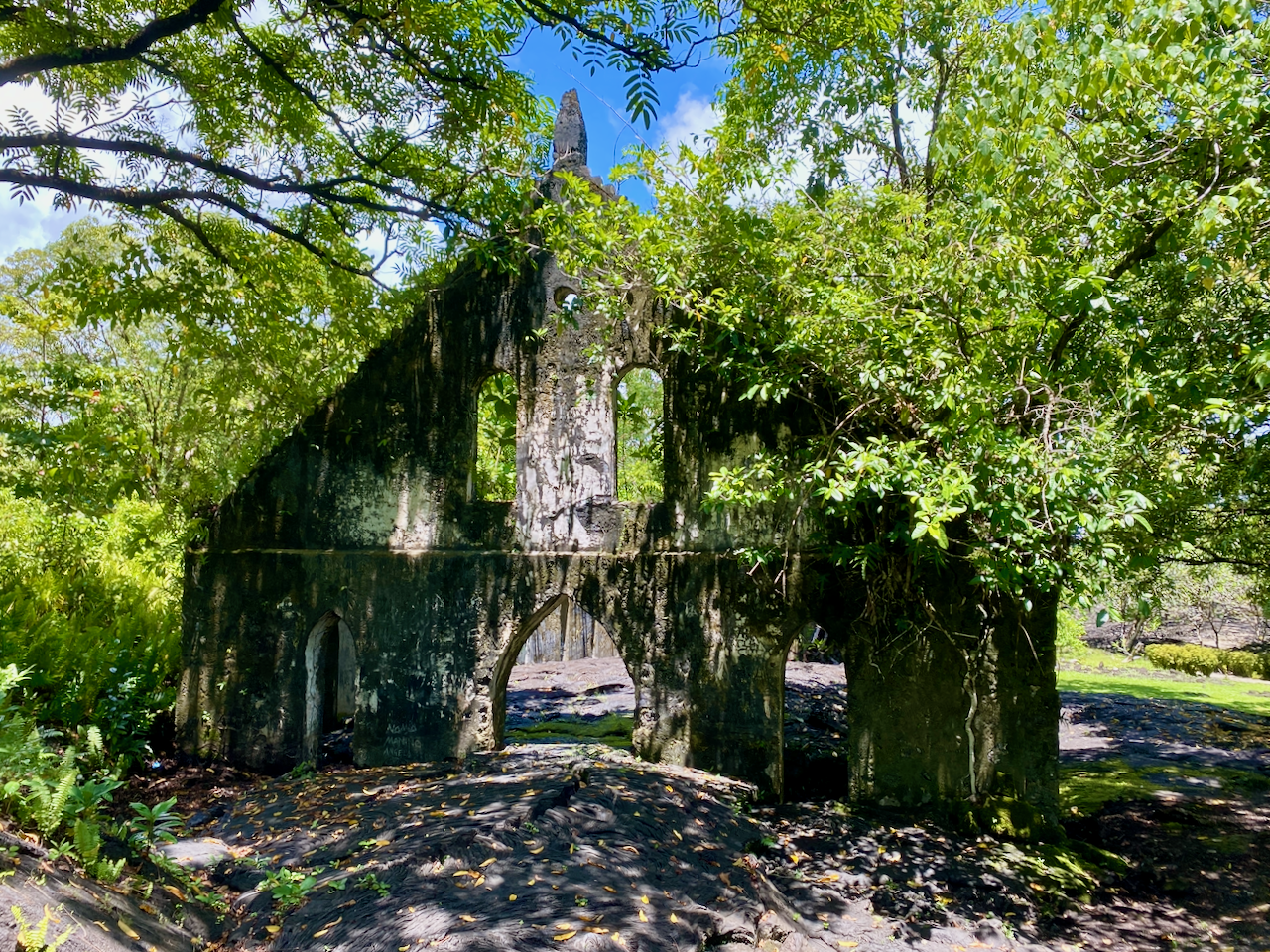
Some things didn’t succumb to the lava, like the Virgin’s Grave. Some say it belonged to a virgin daughter of a high chieftain, while others say it belonged to a virgin nun. In either case, the reasoning why the lava went around the grave instead of over was because the girl was so pure.

Safotu Congregational Christian Church of Samoa
This church, in the north western corner of Savai’i, is known for being the last church built from crushed coral. Coral was used to build many things in Samoa, from roads to buildings. Crushed to a fine sand, it was mixed with limestone to make a concrete. It’s been painted within the last few years to look almost new.

Flying Foxes
There is a species of flying fox in Samoa known as the Pe’a, which can also be found on Fiji and American Samoa. They are a hunted species, often eaten on special occasions by the locals.

Pe’a Pe’a Cave
The cave is a lava tube from around the time of the First World War, when lava rushed through the area burning through whatever was here then hardening into a long tunnel. Steps lead down into the cave which then widens, running for 50m or so before the roof drops to low to walk under. I stopped there, but apparently the cave goes for a kilometre to the ocean, but can be too narrow to get through in places. The name of the cave is from the Pe’a Pe’a bird which nests in and around the cave. We saw one flying circles around the end of the cave.

Alofa’aga Blowholes
These are also known as the Taga Blowholes you must pass Taga villageto get to the blowholes and pay WST5 to use the land. Here, lava flows have created a series of tubes connecting a flat clifftop of lava rock with the ocean below. Waves breaking against the lower end of the lava tubes push water at high pressure up through the tubes, sending spray followed by fountains into the air every few seconds. There are many of these along this area near the ancient village of Fagaloa.

Afu Aau Waterfall
The waterfall was WST10 to go into as it is on Palauli land. There are three parts to the falls, the two minor falls along the track, and the main one at the end. There is a legend that a giant named Mafane lived near the Palauli village. Over time he turned into a mountain that erupted forming a crater for water. Twenty-five streams run from the crater – the 25 warriors of Mafane’s battalion – feeding 7 rivers, one of which runs down the Afu Aau waterfalls. The pool was large and two of us from the tour swam in it, climbing up the rocks behind the waterfall and jumping in the pool. Note, there are rocks in the pool, so it’s suggested to be careful when jumping. The pool was cool and crisp, great in the heat of the day, although the steps to get out were slippery. Some girls in the next fale from me went a few days after we did, and the waterfall wasn’t flowing. The could still swim in the pool though.

John Williams Memorial
Samoa is a christian society with over 100 churches on the islands and strict holy day views with church services important. John Williams was a British missionary who visited many of the island chains throughout the Pacific bringing the word of christianity. The first was one of the islands of French Polynesia, before he moved on to the Cook Islands and many others. He arrived in Samoa in 1830 to meet with the then high chief who accepted christianity immediately. Then, with the aid of local translators he created the first bibles for the Pacific Islands. Unfortunately, on arriving in the New Hebrides, now known as Vanuatu, he was killed and eaten by cannibals. This monument was built in his honour and stands on the eastern shore of Savai’i.

Matautu Bay Snorkelling
I’d brought my own snorkelling gear so I wanted to get in amongst the coral at some point on my Samoan explorations. I found the only Dive company on the island – Dive Savai’i Samoa – and booked a trip. Because of the small numbers, there were three separate groups on the boat, snorkelers, divers training for their accreditation and an accredited diver. Each of the three groups had a guide/instructor. They took us out to three separate locations around Matautu Bay. The one thing I was missing was an underwater camera, as mine had died in Rarotonga and new ones were quite expensive.

At our first stop, we swum behind the guide along the length of a coral reef with many fish, and to my surprise many turtles, some sleeping around the coral, others just out for an afternoon swim. The second spot was near an old ship wreak, the John Williams 5 apparently, but I was unable to find any information online about it. And while we were there, a turtle came to visit, eating little squares of Papaya skin we threw to it. Last stop was the coral garden, but we had to be careful, as some areas were quite shallow. Overall, a great day out on and in the water.

Cemetery of Distant Relatives
One of the main reasons to come to Savai’i was to track down our family’s burial ground so dad could continue his work crafting the family history. We were shown the family houses in the Manase village close to where we were staying, and found that the cemetery was up on the hill. Unfortunately, with dad’s health he’s unable to climb a hill in the heat, but I was able to talk to the woman who owns my fale and tell her our story. In true Samoan style, she was off next door to organise a 4 x 4 vehicle to take us up there. An hour later we were being driven up a crazy 4 x 4 track, bobbing madly back and forth as it went. Before long we came out at the cemetery where they were preparing a grave for a funeral at the end of our stay. There were only headstones there, but they dated back more than 100 years to Dad’s adopted father’s parents and kin. Later, I was come to learn that the owner of my fale is also a distant relative.

Impressions
Savai’i Island is less built up than Upolu Island and there is less there to do and see. But we still managed to fill out time and enjoyed the more relaxing week of our stay.
Then after the week, we were back to Apia on Upolu Island for a few more days.
The World Wanderer







